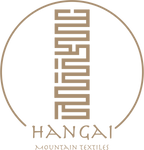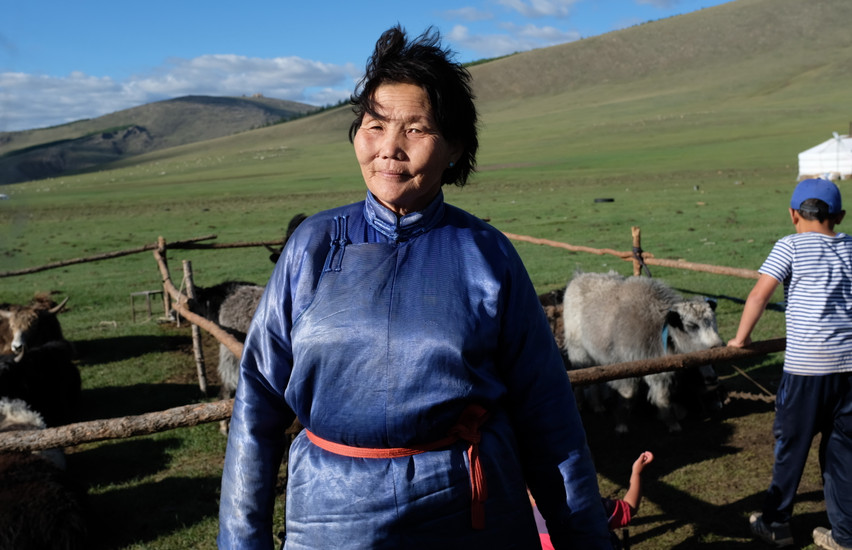A Month to Celebrate our Wonderful Women
Posted by Annika Furman on Jun 7th 2019
Tsetsege is a strong and independent herder who lives with her family in the rolling hills that flank Mt. Otgontenger in Mongolia’s central Khangai Mountains. As Tsetsege walks among her herd of yaks, goats, sheep, and horses, her wide face and high cheek bones catch the sun and she flashes a vibrant smile. She grew up in this expansive landscape, learning the habits of her animals and the ways of nomadic life. Tsetsege shoulders the demanding responsibility of tending her large herd of animals that is central to Mongolia’s culture and lore, and has inculcated her children and grand children with a love of nature and the vast open spaces that she herself cherished as a child.
Tsetsege’s childhood was blessed. She loved the feelings of freedom that she associated with the herding lifestyle, and she learned at a very young age that such freedom is accompanied by responsibilities. Tsetsege learned to ride horses when she was very young, as is customary among countryside families. At age 6 she would set off on foot, alone, to tend the family’s herd. Because she was so small, Tsetsege sometimes found it difficult to keep up with the goats, and she would sit and cry until one of her siblings came to help her. As she grew older her love for the outdoors, for the “great blue sky” that Mongolians revere, and for her animals increased.
At 16, Tsetseg left the countryside for university in the city where she studied civil engineering. She loved the demanding and analytical nature of her field, and sought to apply her knowledge in the workplace. Living and working in the city taught her many valuable skills, but she soon found that she missed the freedom of the steppe and the call of the wild. Fortunately, she found work at the Khustai Nuruu preserve where one of the last herds of native and indigenous takhi horses (aka Przewalski) are protected. The preserve covers tens of thousands of acres, and in this work Tsetsege found the same freedom that she had enjoyed as a child. After 22 years working at the preserve to protect and steward the horses and their ecosystem, she longed to return to herding, and the traditions that she had grown up with. And so, she and her children and grandchildren returned to the Khangai Mountains where she was raised.
It’s important to Tsetsege that her children know and embrace their Mongolian herding heritage. She spent long hours teaching them the skills that she herself had learned as a child: how to make Mongolian essentials like curds, yoghurt and urum (a thick butter); how to build a ger, the traditional felt-covered Mongolian dwelling, and how to sustainably graze their animals which means relocating the herd several times a year over many hundreds of miles. Nomadic life is central to Mongolian heritage and identity, and Tsetsege is glad that her children are preserving Mongolian heritage and culture and that they have learned to respect and care for the land. Tsetseg is proud to be a female Mongolian herder because she has the opportunity to share her story and leave a legacy of happiness, strength, and independence.
Written by Annika Furman
Annika Furman is currently a student at Colorado College. She travelled with founders Bill and Betina across Mongolia meeting herders and experiencing the culture of the vast steppe meanwhile gathering stories and insight.
Photo By Julia Moore

